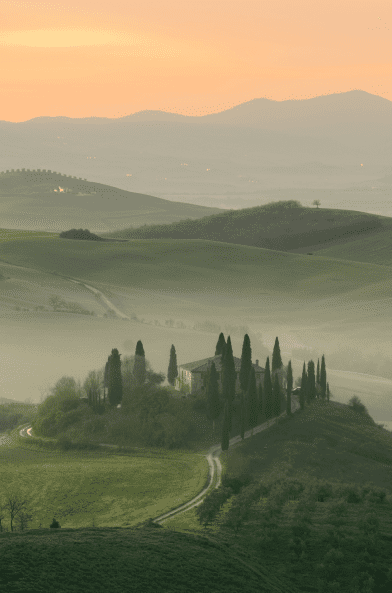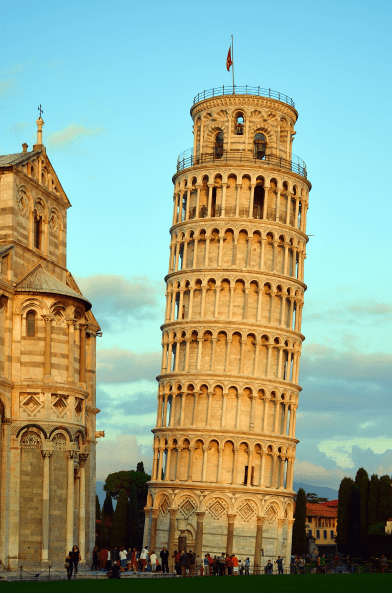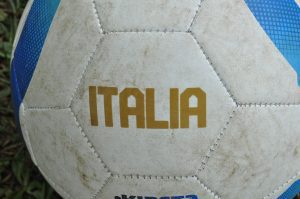
Italy
Rome
8 Days
Workation » Best Workation Locations and Why You Should Visit Them » Italy Workation – Working and Vacationing in Italy » Best Italy Workation Packages 2023 » 8-day Rome Workation Package
8-day Rome Workation Package
An 8-day Workation in Rome brings the ancient world to life and connects you to millennia of inspiration. Cross into medieval alleyways, indulge in the food, and witness historic wonders that will endlessly encourage your creativity.
Highlights
- Visit the Vatican Museums on an after-hours tour to avoid the crowds and enjoy a more open view of artworks like the Sistine Chapel
- Taste the traditional cuisine of Rome on a food tour to give you better ideas on the local ingredients, historical cooking techniques, and customary flavors
- Walk through the Colosseum and Roman Forum on a guided tour of ancient Rome
- View the beauty of Renaissance and Baroque Rome at famous monuments like the Trevi Fountain, Piazza Navona, and Spanish Steps
- Tour the great palatial ruins of Roman emperors and former Italian nobility in Tivoli at and Val d’Este
What’s included
Customizable itinerary
This is a sample itinerary to inspire a personalized trip designed with your travel specialist
1. Saturday - Welcome to Rome
Rome is an immersive mix of haunting ruins and inspiring artwork. The streets easily come to life with cafes that exude the smell of espresso and the sound of bells ringing from historic towers. You can quickly settle into your pre-checked accommodations that have all the necessary amenities to help you balance work and life during your Workation.
Get acquainted with your new neighborhood by walking around at your leisure. If in Trastevere, you can walk the maze of streets and witness how life overflows around the fountain in front of the Church of Santa Maria, one of the oldest churches in the city. The exterior mosaics date back to the 12th century and depict images like the Madonna with a suckling Child and 10 women holding lamps.
Focus:
Turn on your timer when you arrive in Rome and spend 20 minutes exploring your block. Pay attention to the sounds and smells. What shops are close by? What sensory detail becomes your favorite?
Suggestion:
Eat a traditional Roman pasta dish, cacio e pepe for a taste of authentic, simple local cuisine made up of pasta, cheese, and black pepper.
2. Sunday - Explore the Glory of Rome
The glory of Rome can be summed up in the images of the Colosseum and the Roman Forum. Spend the time exploring the essence of the former empire with a guided tour of the iconic architecture before the work week starts. At the Colosseum, the smell of ancient dust scatters across the stadium floors.
The arena once held up to 50,000 people and still holds audiences during summer concert performances. Your guide may take you into the Hypogeum, where the gladiators would practice and warm up before a battle. Once a maze of lanes separating opponents and wildlife animals meant for the stage, you may find an eerie quiet has replaced the frenetic life that once filled the space.
Focus:
At the end of your tour, find your perfect cafe near your accommodation. Take two minutes to think about what stood out to you about the ancient ruins and history. Focus on the reasons that stood out to you.
Suggestion:
Go to the top of the Colosseum during your tour. Your perspective of the city and the ancient engineering will easily shift to awe-inspiring.
3. Monday - Visit Baroque and Renaissance Rome
In the morning you will start your work week and set in place a ritual that can help you focus during your time away from home and your normal routine. This will allow you to step into and away from work with ease so you can enjoy your Workation while still staying productive.
Step away from your computer and explore the different monuments of Rome that include the Trevi Fountain, Spanish Steps, and Piazza Navona. Your guide can explain the different elements of the artwork that decorate each plaza showing the differences between Renaissance and Baroque artwork as well as the time periods. The Trevi Fountain looks like a masterpiece with water echoing as it splashes into the pool. The central image depicts Neptune reigning over the water fed by an ancient aqueduct.
Focus:
Concentrate on the detail in the Travi Fountain and the allegory each person holds. Memorize the faces of the four statues then close your eyes. Can you recall the details?
Suggestion:
If you have time, take the 10-minute walk to Santa Maria della Vittoria to view Bernini’s Ecstasy of St. Teresa.
4. Tuesday - Wander the Vatican After Hours
You will start the day with work once more after having put in place your ritual for focusing on the projects you need to complete. In the later afternoon, you can travel to St. Peter’s Square for your introduction to Vatican City with an after-hours tour. The dome designed by Michelangelo towers over the plaza and acts as a pinnacle for pilgrims walking the boulevard.
The Vatican Museums have more than 70,000 exhibits, including the famous Sistine Chapel. The frescoes scale the front wall and layer the ceiling with vibrant colors and images that tell stories from the bible. At the center of the ceiling, you can find a legendary image of the Creation of Man as the deity reaches his finger out toward Adam.
Focus:
Look for the hidden figures in Raphael’s School of Athens. Pay attention to the details of each figure, who they represent, and the story of their inclusion.
Suggestion:
Don’t miss Caravaggio’s Entombment of Christ to see the masterful use of light and shadow.
5. Wednesday - Tour Tivoli
After work, you can enjoy your first train ride out of Rome’s center to reach the town of Tivoli. The palaces and streets were once a favorite for nobles who wished to escape the summer heat and humidity of Rome. The treasures of the past still stand, punctuated by the ruins of Hadrian’s Villa and the Villa d’Este.
Start your visit at the holiday home of the former emperor whose construction dates back to the 2nd century CE. The grounds feature a number of replicated palaces and monuments the emperor saw during his travels across Greece and Egypt, including remaining Greek sculptures. You can listen to the splash of the fountains, walk between the colonnades, and sit with a view of the greenery before reaching the reflective pool.
Focus:
Listen to the sounds around you when visiting Hadrian’s Villa. What do you notice? Is it peaceful or rambunctious, calm or frenetic? Can you find your reflection in the pool?
Suggestion:
Take your time in Villa d’Este and enjoy the view across the waters, waterfalls, and grottos.
6. Thursday - Walk History in Ostia Antica
Start work early so you can complete your projects and travel to the ancient seaside town of Ostia and the ruins at Ostia Antica. The former port stronghold was originally founded in the 4th century BCE at the mouth of the Tiber River. Visit with a guide for a more informed experience with context on the importance of the naval base and directions to the incredible remains of the baths.
The facilities have kept mosaics that depict images of fish, mermaids, and Neptune. Traces of the heating system also remain to give you an interesting perspective on how they sectioned off different tempered pools. You can also visit the theater that once held an audience of 2,700. You can stand at the center of the stage and listen to your voice carry.
Focus:
Visit the Ostia Antica and step back in time. What do you notice about the ruins and the overall ambiance of the former Roman port city? Find five characteristics that stick out to you. Once you return to Rome, what can you remember about the former city?
Suggestion:
Visit the Ostia Archeological Museum for more context and to find some of the more fragile ephemera protected inside the galleries.
7. Friday - Taste the Joys of Rome
Rome is the home of exciting cuisine and a tradition of local cooking that demonstrates the important connection between food and culture. After work, you can set out on a guided food tour of Rome to taste the essential flavors and dishes that have created national staples famous around the world, such as cacio e pepe and the rustic flavors of specific types of panini.
You can find pasta alla Carbonara with your guide and enjoy the rich combination of egg yolk, pecorino cheese, and black pepper coating spaghetti or tonnarelli noodles. Like so much of Roman cooking, you can find explosive flavors with a simple, few ingredients.
Focus:
Find the right bite of suppli or fried artichokes during a food tour. Search for the layers of gelato you prefer. What makes it different?
Suggestion:
Don’t miss the pecorino cheese, which is especially popular in Rome.
8. Saturday - Travel Home
Rome is a city you could see yourself living in, where the pasta is plentiful, the streets always buzz, and a breathtaking monument is always just a stone’s throw away. In the morning, you should take the time to enjoy the local atmosphere before traveling to the airport. Sip an espresso in a local bar and eat a delicious pastry topped with powdered sugar. Listen to the locals chat excitedly before the day truly begins. Depending on your flight schedule, your Workation specialist will have planned your transfer to the airport to make sure you have plenty of time between check-in and departure.
Focus:
If you have time in the morning, walk along one of the Tiber River to enjoy the view and atmosphere before your flight. Have you connected with the city? Does the city feel different now that you are leaving?
Suggestion:
Rome has one of the busiest airports in Italy. Arrive early to make sure you have plenty of time to reach your flight.
real conversations with
Workation Experience

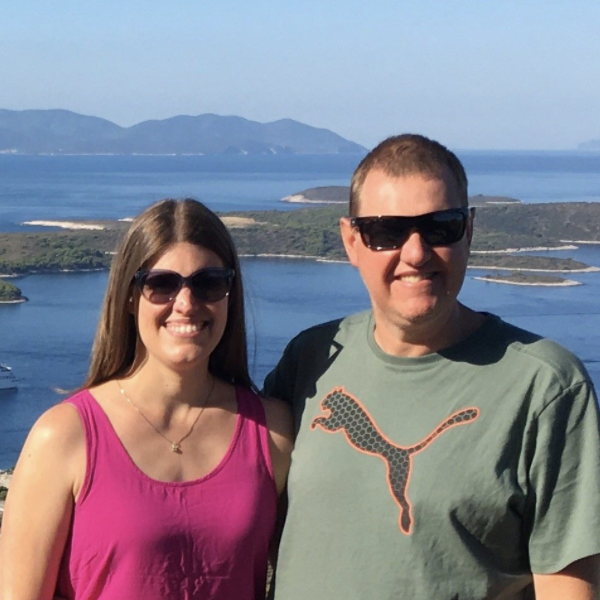


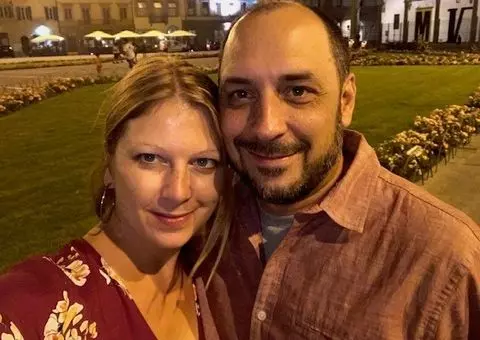
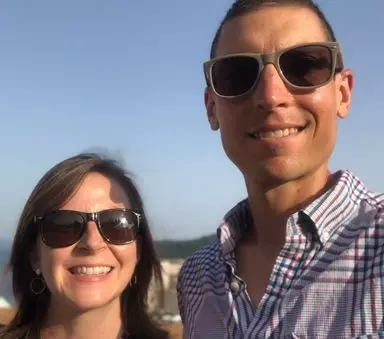
View More Packages...



